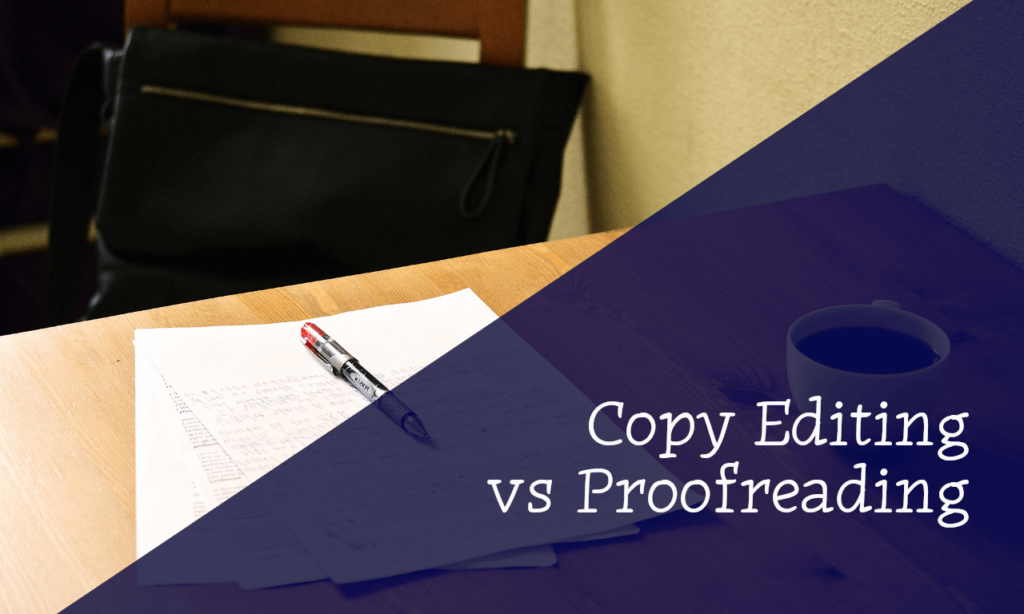Many authors will ask for a quick proofread, but what they really have in mind is copy editing.

Unlike with manuscript critiques vs. substantive edits, copy editing and proofreading are very different from one another. As such, it is important to understand what each type of edit entails so you know you’re asking for the right thing.
Copy Editing
Copy editing is what most people think of when they think of editing. It happens before proofreading (but after substantive and stylistic editing). Copy editing deals with the following issues:
- Correctness – correct grammar, punctuation, and spelling have been used.
- Consistency – style is consistent throughout the manuscript. Treatment of capitalization, expression of numbers, abbreviations, headings, captions, etc. remains the same throughout the manuscript.
- Accuracy – query areas of questionable accuracy or correct as necessary. Check accuracy of numbers, statistics, and basic math.
- Completeness – identify plot holes and query the author when necessary.
At this stage of the editing process, large changes such as rewriting paragraphs and the addition or deletion of scenes are still possible.
Proofreading
Proofreading is the last stage of editing before publication. The proofreader checks the manuscript after it has been typeset (laid out in its final format).
Proofreading looks for errors in grammar, spelling, and punctuation which the copy editor has missed. It also has a heavy focus on addressing layout issues.
Some layout issues dealt with during a proofread:
- Images – ensure they are appropriate, they match the text, they are near the text which refers to them, the entire image is visible
- Table of Contents – ensure page numbers listed in the table of contents are accurate
- Headings – ensure headings of the same level are in the same style
- Text – ensure uniform text alignment (justified, flush left/right, first line of paragraphs indented the same depth etc.)
- address visual distractions arising from spacing between words and lines
- address any first and last lines separated from their paragraphs
As you can see, proofreading has a very different focus than copy editing. The majority of the issues dealt with in proofreading do not appear in the copy editing stage because the manuscript hasn’t yet been formatted.
Please leave any questions about the differences between copy editing and proofreading in the comments.
